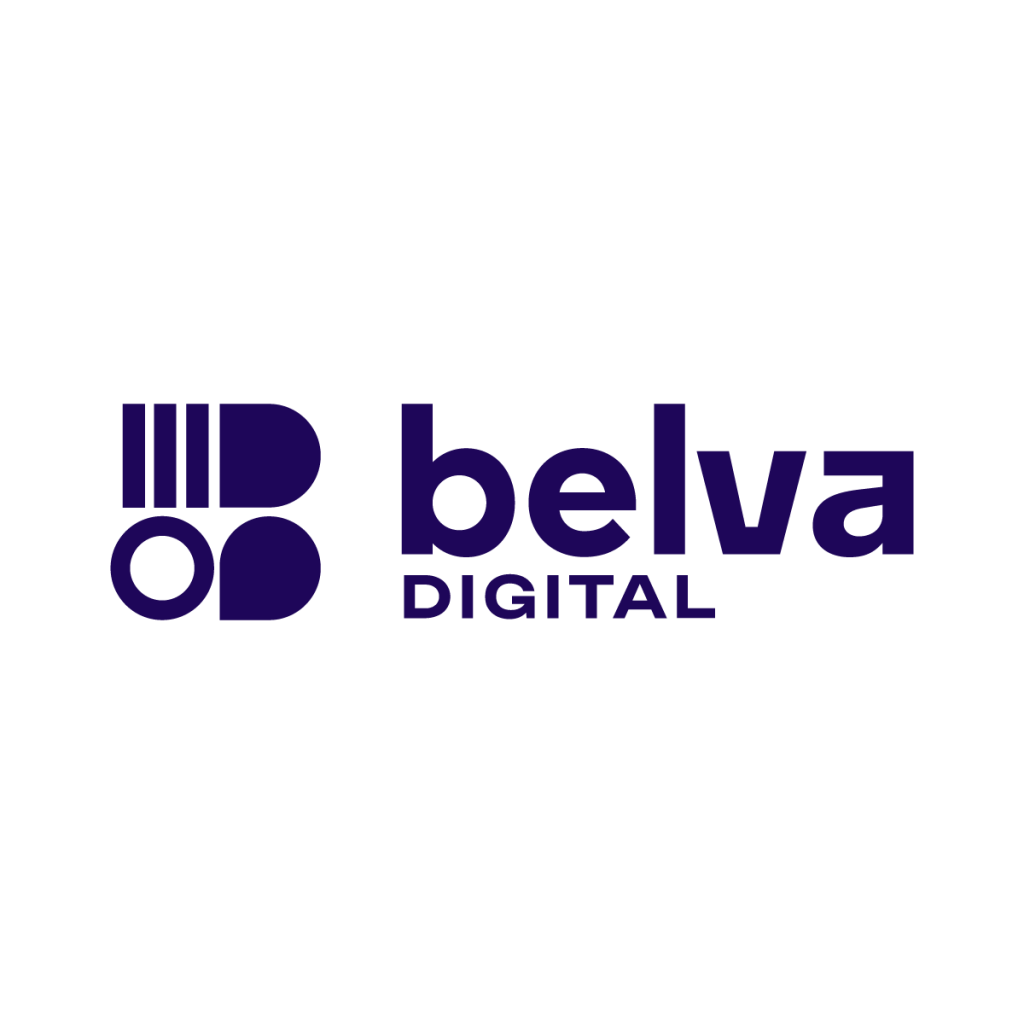
You want to write a blog post. The first tool you obviously think of is your word processor or your blog dashboard, right? If you think about it though, blogging begins way before the actual put-pen-to-paper process. It also goes beyond hitting publish. Here are a few modest but powerful blogging tools we use to ensure we create quality content that gets found, read and used.
Before
Blog Topic Generator
You know when you are completely blank about what to write, especially when you have deadlines to meet and several blogs to run? This tool will help you come up with a concrete idea for your blog when you are blank. All you need to do is go to the site and input three nouns that you normally blog about. It will then give you suggestions in the form of titles. It is then up to you to customize them to fit your blog. After all, you do not need a machine to do the work for you, you just need a jump-start!
You can also try Portent’s Content Idea Generator. Pretty nifty.
Feedly
This is a gem when you are writing about current trends in an industry or if you just need to keep up with blogs/news channels that inspire you. Search for your favourite reads on the dashboard and save the feeds in categories. It is then all available for you, when you want, in one place. What’s more, Feedly is has an app too. So you can keep up with your news on the move.
Another great app that comes in handy in aggregation is Flipboard. Once you understand how it works, you get all your news in one aesthetic app on your phone. It serves as a great morning read too when you are stuck in traffic!
Google Alerts
Google alerts are great when you are working on a post in the long term; for research purposes. Say you are interested in writing about the social media trends in Kenya, you can set up a “social media Kenya” alert which sends you an email every time an article is published on the topic. Every day, your arsenal is filled without you wasting time scouring the web for info. And as such your blog post gets richer by the minute.
During
Related Content by Zemanta
This tool is what you need when you need to tag your post with relevant keywords without a hassle, especially if your post had too much going on (e.g. a collection of news stories). Even if you do not pick the tags it suggests, you can get some head-on ideas from it.
What’s more, it also gives you content recommendations based on what you write. These come in the form of pictures you can add to your post to complement the information and related articles you can link to. Word of advice though: If you spot a great photo you want for your post on the tool, do not add it directly from Zemanta. Instead, click on the link it is sourced from and download it from there, then upload it to your post. If you do not do this, the picture will be stored elsewhere on the Web, which is not a good thing any way you look at it. Zemata comes as a WordPress plugin or as a Chrome extension. The Chrome extension is great since you do not need to install the plugin on all the blogs you run; it pops up on all your dashboards, whether Blogger or WordPress.

Zemanta (Photo credit: Wikipedia)
WordPress SEO by Yoast
This is a neat plugin that lets you optimize your blog content to be found through search engines. I will pinpoint some of the post features it gives you.
- Focus keyword – This lets you pick a search keyword that would be most appropriate for your post. One that you think an audience you are writing for would type in Google search. After that, you can see if you have actually used that keyword in your content, title, meta description and other places. Remember, it is up to your own discretion to add the right keywords as naturally as possible. You do not want to stuff your post with meaningless keywords. WordPress SEO allows you to add just the right amount.
- Meta Description – This allows you to add the exact excerpt that you want to appear in share links on Facebook and search engines. This is important for click-through, your chance to tell the potential readers what they will find inside.
- Page Analysis – This analyses your post. How readable is it? How optimized are your images? How many links do you have? Have you written on the topic before? Great improvement points from a single tool.
Canva
This is that one website that allows you to come up with beautiful graphics without any skill whatsoever in design like yours truly. From templates for your blog images to social images, you have no excuse for having a blog filled with just text. You need to be visual to pass across a message sometimes. The graphic above was made using Canva.
Flickr, Unsplash
So you do not have your own quality photos to add to your content for that pop. No worries! There is Flickr which has the Creative Commons section filled with professional photos that you can use provided you attribute them to the owners and follow the conditions in the individual Creative Commons licences.
Unsplash is the Internet’s gift to all of us. Beautiful pictures available to anyone to do with what you want. There are ten free pictures every ten days. No credit, no charge. Download and do what you want with the picture. Seriously. Try it out.

After
Jetpack
If you run your blog on WordPress and do not know about Jetpack, you need to thank me profusely any time now. Jetpack brings most of the perks that WordPress.com users enjoy into your sites. To name but a few:
- Site Stats – You get to see real time stats to your blog broken down in a daily chart, in addition to referral traffic numbers, search engine terms, traffic to posts and number of subscribers if you have the Jetpack subscription feature.
- Publicize – this lets you share your posts immediately you publish to all the popular social channels you allow.
- Sharing – Jetpack adds share buttons to your posts in the design that suits you best and as many as you want.
- Related Posts – the plugin adds a list of three posts that are related to your post, which keeps your readers clicking through deeper into your blog.
- Monitor – sends you email if and when your site is down.
Google Analytics
You need this to get more detailed traffic insights in addition to Jetpack stats. From Audience to Behaviour statistics, Google Analytics lets you know what you are doing right or wrong to improve on your future posts. To set Google Analytics up, all you need is to add a few lines of code to your website and you are good to go. The more you get acquainted with the tool, the more functionalities you discover within it. A few things you can view with Google Analytics:
- Audience – How many new and returning visitors are reading your content? How fast are they getting out? How old are they? Are they male or female? The last two metrics (Demographics) need an extra line of code added to your blog.
- Acquisition – Where are your readers coming from? This section gives you your sources of traffic either from Organic Search, Direct, Social, Referral, Email or Paid Search.
- Behaviour – What to do your readers do once they read one post? Do they keep digging deeper and deeper into the site?
- Conversions – If you set up goals for your blog, then this is where you see how badly or well you are meeting them. A goal does not have to be a huge deal. It can be as simple as the time a visitor spends on the site.
Buffer
This is handy social sharing tool that lets you schedule posts for days for free. You can add Twitter, Facebook, Google+ and LinkedIn accounts and pages. Of course if you want to add more, you need to get into the Awesome Plan (Buffer’s premium service).
What makes Buffer stand out as a sharing tool is the fact that you can Buffer content from anywhere you are on the Web provided you have the browser extension. So if you are on a post you wrote and, say, select a section of text, clicking the Buffer button on your Chrome grabs the text and lets you share or schedule it there and then.
So there you have it; these are some tools we use on blogs we run to keep that juice going. What’s that one blogging tool you cannot do without?










